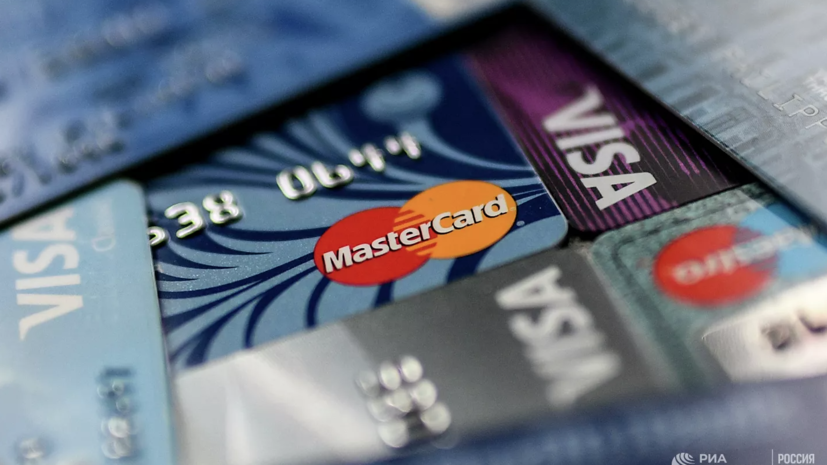As noted by Alexey Volkov, Marketing Director of the NBKI, the significant growth dynamics in the issuance of new credit cards in September compared to the same indicator in 2020 is largely due to the situation that developed a year ago in the retail lending market.
Then, according to him, both banks and borrowers "were just recovering" after the quarantine measures in the spring - early summer of 2020, when the issuance of credit cards decreased radically.
“In general, in 2021, the share of recycled credit cards (or the share of used limits on valid credit cards) is at the level of the“ crisis ”Q1 2015 (47-48%).
In other words, at the lowest level in the last six years.
So, in September
In 2021, the share of recycled credit cards was 47.1%.
Before the pandemic, the utilization rate was above 50%, ”the expert noted.
He emphasized that the decline in the share of recycling of credit cards is largely due to the fact that in a pandemic, banks "adhere to a fairly conservative credit policy."
“Credit cards are mainly issued to borrowers with high personal credit ratings, that is, with a high level of payment responsibility,” the specialist explained.
Volkov said that these citizens, as a rule, keep credit cards "in reserve", and in conditions of economic uncertainty "are in no hurry to increase their debt obligations."
“In other words, the share of utilization is decreasing due to the more economical nature of the expenses of citizens in a pandemic,” the expert summed up.
At the same time, as the interlocutor of RT explained, the credit card segment continues to develop quite dynamically, which is associated with the manufacturability and convenience of this type of loan.
Earlier it was reported that in the first half of 2021, the average salary of a Russian who decided to get a loan was 28 thousand rubles.

